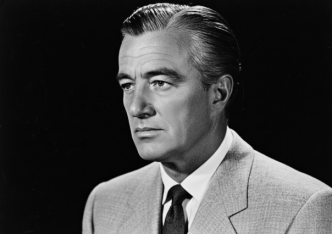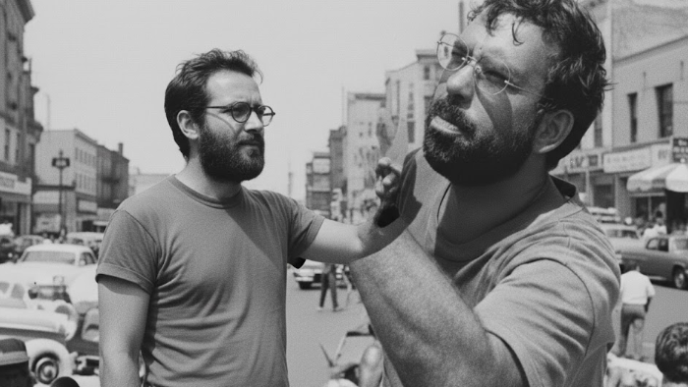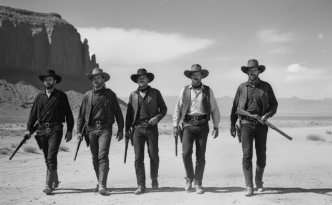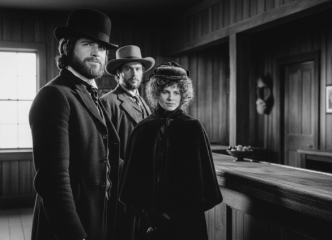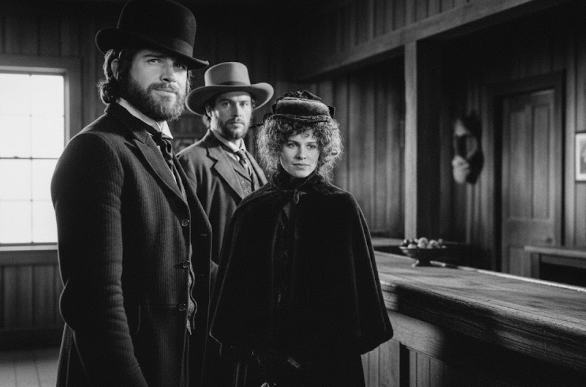Vittorio De Sica’s Bicycle Thieves (1948) is a film of devastating simplicity and profound humanity. It is widely regarded as the definitive masterpiece of the Italian Neorealist movement, a work that strips cinema down to its most essential elements to tell a story of post-war desperation that has the power of a universal parable. The plot is deceptively straightforward: a poor man, Antonio Ricci, searches the streets of Rome with his young son, Bruno, for his stolen bicycle, the one tool that stands between his family and starvation.
Yet, within this simple quest, De Sica and his longtime screenwriter, Cesare Zavattini, craft a heartbreaking and deeply political portrait of a society in moral and economic collapse, where the poor are pitted against each other in a desperate struggle for survival. It is a film that embodies the neorealist philosophy in its purest form, finding epic tragedy in the mundane and elevating the common man to a figure of profound emotional weight.
The Neorealist Manifesto in Action
Bicycle Thieves is a perfect distillation of the neorealist aesthetic, which was born from both artistic conviction and the practical necessities of post-war Italy. De Sica shot the film entirely on location, turning the war-scarred streets of Rome into a vast, indifferent character. The wide shots of Antonio and Bruno lost in the sprawling city—searching for one bicycle among thousands—visually emphasize the hopelessness of their task, creating a sense of a needle in a haystack. The rubble-strewn alleys and bustling marketplaces are not just backdrops; they are the authentic, living environment of the struggle, lending the film a documentary-like immediacy.
This commitment to realism is deepened by De Sica’s use of non-professional actors. Lamberto Maggiorani, who gives a heartbreaking performance as Antonio, was a factory worker with no acting experience, and the young Enzo Staiola was cast as Bruno after being spotted in the crowd. Their unpolished, naturalistic performances blur the line between fiction and reality, giving the impression that the camera is simply fortunate enough to be capturing an actual event. This technique was central to the neorealist goal of capturing the truth of the human experience, unadorned by the artifice of Hollywood glamour.
The Bicycle as a Symbol of Dignity
The film’s narrative revolves around a single object, but the bicycle is far more than a mode of transportation. For Antonio, it is the key to his job, his family’s survival, and, most importantly, his human dignity. The film’s opening scenes masterfully establish what is at stake. To get the bicycle out of the pawnshop, Antonio’s wife, Maria, must pawn their family’s bedsheets—their last possession of value. In a now-iconic shot, a pawnshop clerk takes the bundle and climbs a vast wall of shelves stacked high with identical bundles, a powerful visual metaphor for the scale of collective poverty and desperation in post-war Italy.
The theft of the bicycle is not just a personal crisis; it is a critique of a corrupt and indifferent society where the poor are forced to steal from each other to survive. When Antonio and Bruno finally track down the thief, they are confronted not by a villain, but by another desperate man, protected by a neighborhood of people in equally dire straits. The police are powerless, the church offers no sanctuary, and the unions are ineffective. Antonio is utterly alone, a little man isolated in a complex social world that has no institutions to protect him.
A Father’s Humiliation, A Son’s Gaze
The emotional core of Bicycle Thieves is the tender and ultimately tragic relationship between Antonio and his son. Bruno is not merely a sidekick in his father’s quest; he is the film’s moral witness. De Sica often frames the action from Bruno’s perspective, forcing the audience to experience the unfolding tragedy through the eyes of a child. We watch as Bruno’s admiration for his father slowly erodes, replaced by confusion and disillusionment.
This culminates in the film’s devastating climax. Defeated and utterly desperate, Antonio makes the fateful decision to become a thief himself, attempting to steal an unattended bicycle. He is immediately caught and publicly humiliated, a crowd surrounding him, slapping and shouting at him. But the true punishment is the look on his son’s face. The final, painful moments of the film show Antonio and Bruno walking away, holding hands amidst a crowd, both of them weeping. There is no resolution, no happy ending—only the shared pain of a father’s shame and a son’s loss of innocence. This open-ended conclusion, a hallmark of neorealist cinema, offers no easy answers, leaving the audience with the profound and unsettling weight of the characters’ reality.
Conclusion: A Humanist Masterpiece
Bicycle Thieves is a testament to the power of minimalist storytelling. With its simple narrative, authentic performances, and profound empathy, it transcends its specific time and place to become a timeless and universal story about the struggle for dignity in an unjust world. Its influence on global cinema is immeasurable, inspiring movements from the French New Wave to the work of modern independent filmmakers. More than a film, it is a work of cinematic humanism that remains one of the most moving and essential pieces of art ever created.

Dario Loce is the founder and editor of Celebrimous. He is a lifelong film enthusiast and the author of several locally-published books on cinema history and analysis. His passion is deconstructing the “how” and “why” of filmmaking, from the director’s vision to the editor’s cut. When not lost in a classic film, he’s usually walking through the city, replaying scenes in his mind like unfinished stories.
